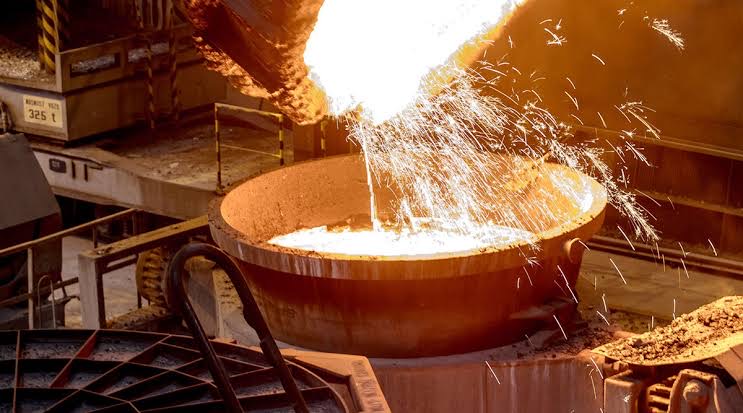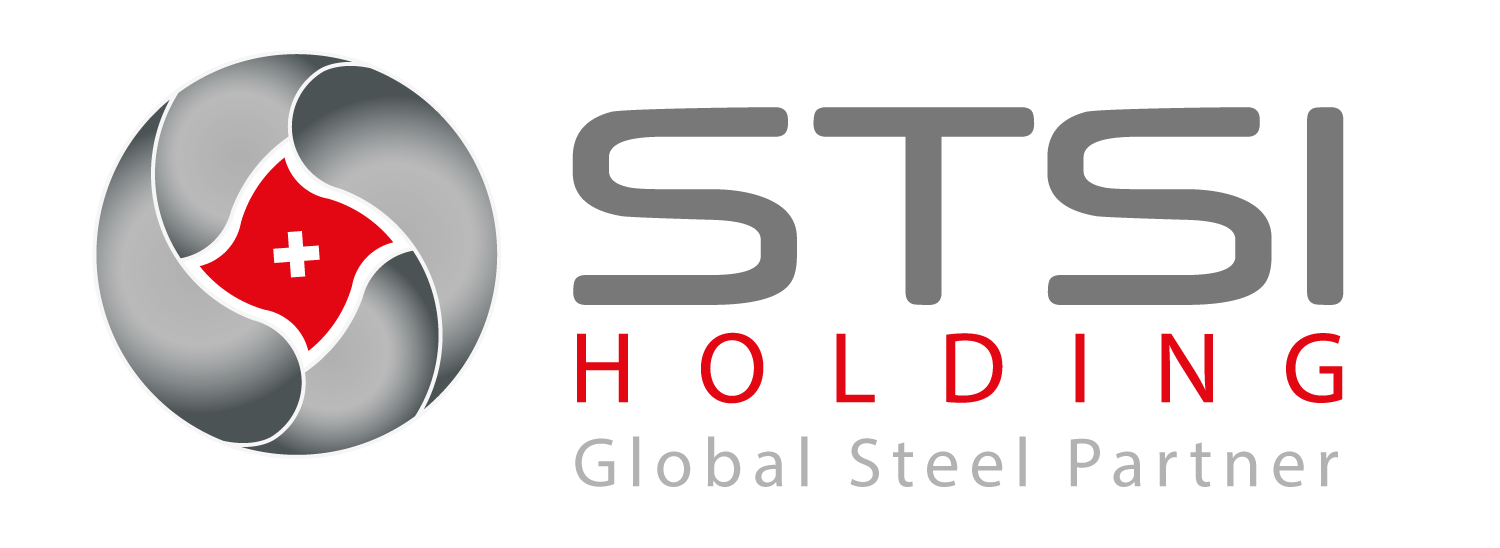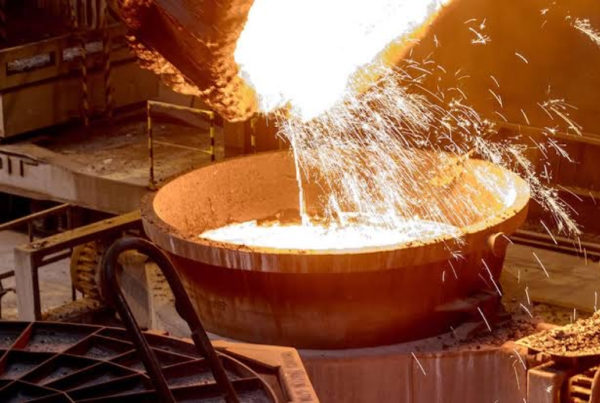
Global steelmakers are stepping up their efforts to wipe off the dishonor of being called a “climate villain.” Steelmaking is considered one of the largest emitters of environmental pollutants such as greenhouse gases and fine dust.
Making one ton of steel produces 1.85 tons of carbon dioxide on average, the Steel Association said on Jan. 17. Steel companies account for 25 percent of global companies’ carbon dioxide emissions. Korea is facing a similar situation. POSCO (81.48 million tons) and Hyundai Steel (22.24 million tons) are the top two carbon dioxide emitters in Korea in 2019.
Governments in countries around the world say that they can no longer give consideration to steelmakers. The European Union (EU) has announced its plan to introduce a carbon border tax starting from 2023. The key is to strap fines on imports manufactured by companies that emit a lot of carbon. U.S. President-elect Joe Biden, who will take office on Jan. 20, is also reportedly considering imposing additional tariffs on products from companies and countries with high carbon emissions.
An alternative found by steel companies is hydrogen. On Dec. 11, 2020, POSCO announced that it will achieve carbon neutrality by 2050 by drastically reducing carbon emissions through a hydrogen reduction steelmaking method. This means that the company will use hydrogen, not coal, to make steel. Establishing a hydrogen supply chain is essential to use the hydrogen reduction steelmaking method. POSCO plans to participate in green hydrogen production by joining hands with Australian iron ore producer Fortescue Metal Group (FMG).
ArcelorMittal, the world’s largest steelmaker, is also planning to introduce a hydrogen reduction steelmaking method. It has decidedto apply the method of injecting hydrogen from coke gas into furnaces to Asturias Steel Mill in Spain. Coke gas is a byproduct of the steelmaking process. In 2022, the company will establish a hydrogen steelmaking verification plant in Germany.
Mitsubishi Heavy Industries of Japan is also planning to test-run the world’s largest steelmaking plant utilizing hydrogen in Europe in 2022.
However, steelmaking using hydrogen is not perfect. It has weak price competitiveness because hydrogen is still expensive. China, the world’s largest steel producer, shuns the hydrogen reduction steelmaking method.
Read the full article at Business Koerea



